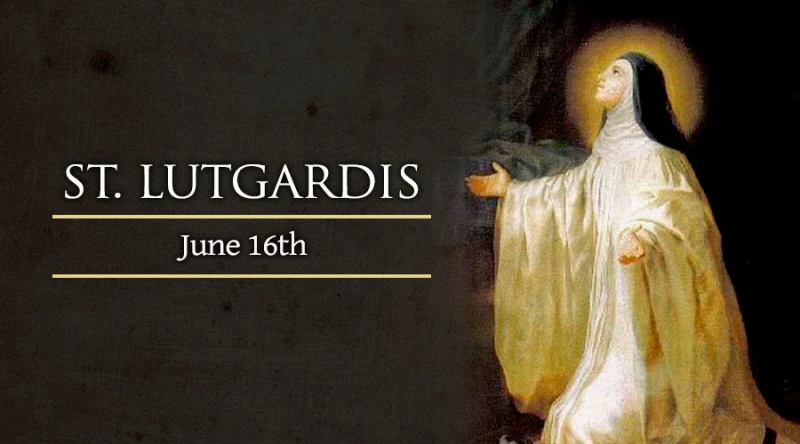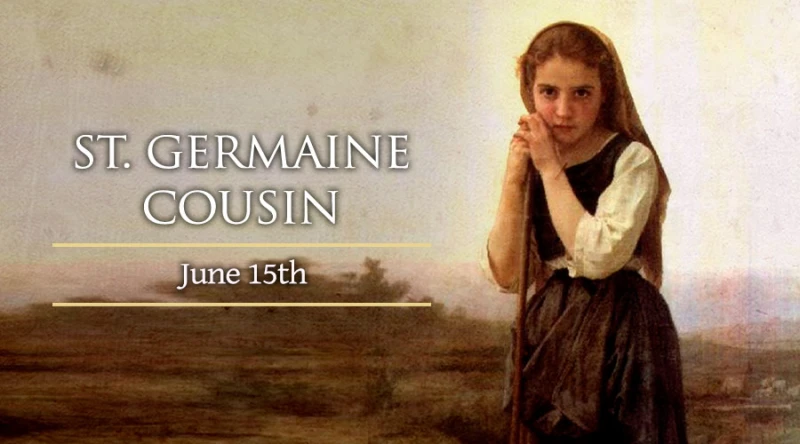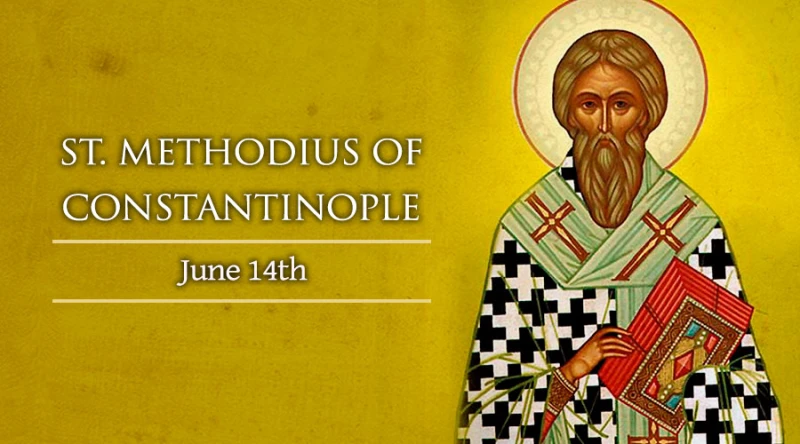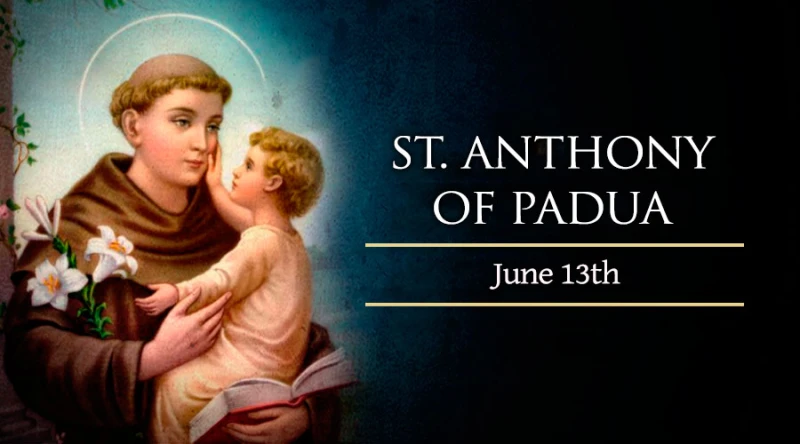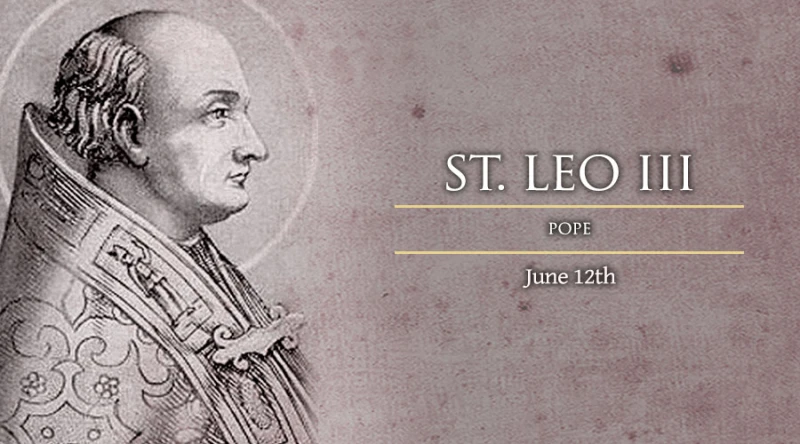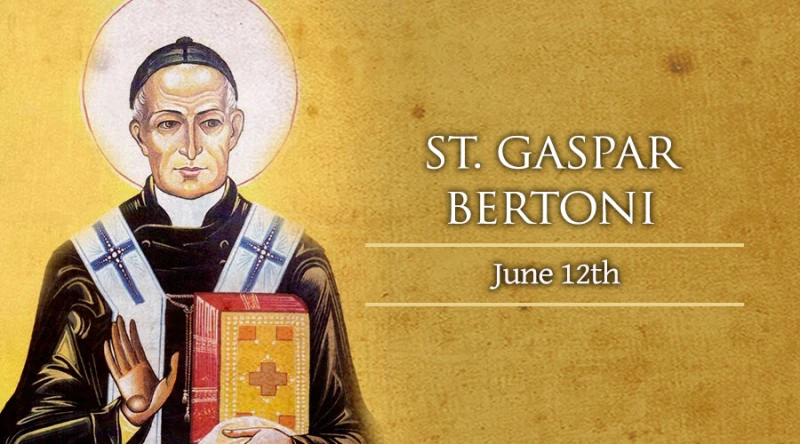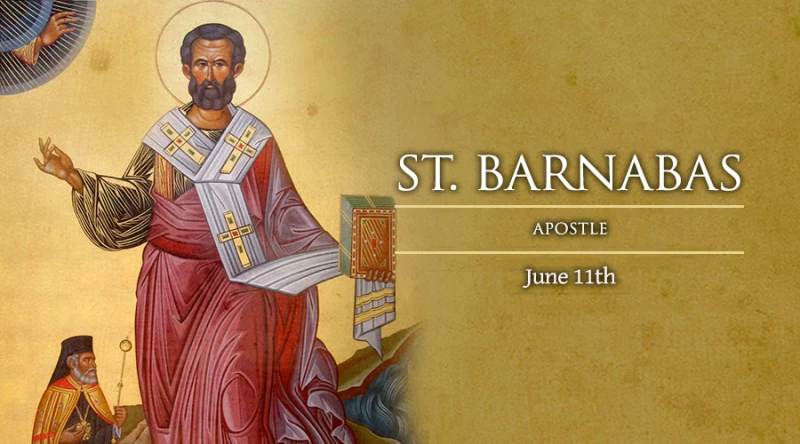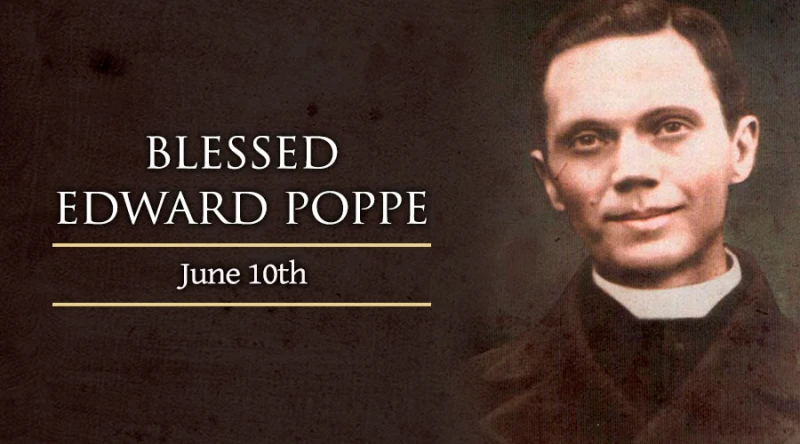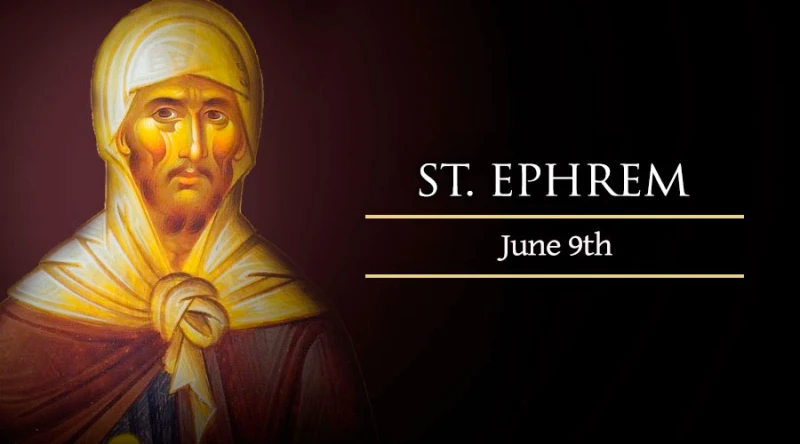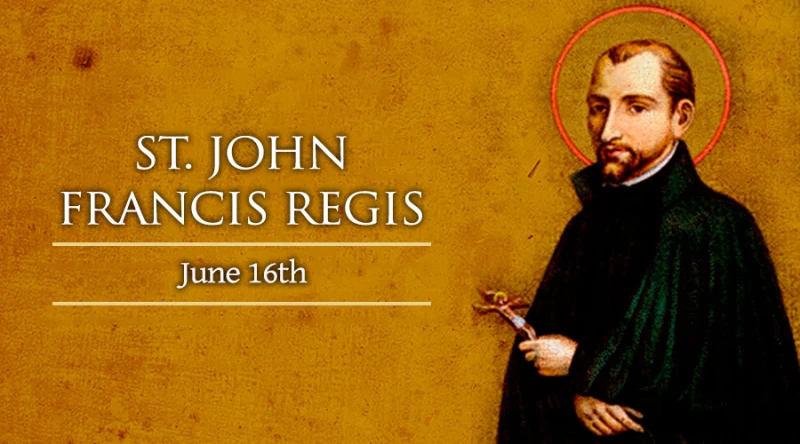
St. John Francis Regis
Feast date: Jun 16
On June 16 the Catholic Church celebrates the memory of Saint John Francis Regis, a 17th-century French Jesuit known for his zealous missionary efforts and his care for the poor and marginalized.
In a 1997 letter to the Bishop of Viviers, Pope St. John Paul II commemorated the fourth centenary of St. John Francis Regis’ birth, honoring him as a “lofty figure of holiness” and an example for the Church in the modern world.
“In less than 10 years of ministry, this saintly Frenchman succeeded, with God’s help, in leading back to Christ an immense crowd of men, women and children of all ages and walks of life,” the Pope recalled. He urged the faithful to imitate the saint and “put themselves in God’s hands with total trust.”
Born in 1597, John Francis Regis was the son of a wealthy merchant father and a mother descended from nobility. As a boy he was sensitive, devout, and eager to please his parents and teachers. Educated by Jesuits from the age of 14, he entered the Society of Jesus in December of 1616.
As he followed the traditional Jesuit path of teaching and extensive studies, John also became known as a skilled catechist. He was eager to enter the priesthood, and offered his first Mass in 1631. John spent much of the rest of that year caring for victims of a plague outbreak in the city of Toulouse.
In 1632, John received his assignment as a missionary to the French Protestants – known as Huguenots – as well as the country’s lapsed Catholics and others in need of evangelization. The rest of his life would be devoted to this mission, with remarkable success.
John’s missionary work spanned both a large geographical distance and a broad social spectrum. In over 50 districts of France, he preached the Gospel to children, the poor, prisoners, and others forgotten or neglected by society. His best-known work involved helping women escape prostitution.
John’s labors reaped a harvest of conversions. However, his boldness – perceived as arrogance in some cases – led to a conflict with certain other priests, a period of tension with the local bishop, and even threats of violence from those whose vices he condemned.
Against these obstacles, the priest persevered, sustained by fervent prayer and severe asceticism. His missionary work involved difficult winter journeys, and a witness at his beatification testified to John’s habit of preaching outdoors all day, then hearing confessions throughout the night.
St. John Francis Regis died at age 43, in late December of 1640. Though suffering from a lung ailment, he insisted on preaching a parish mission and hearing confessions. A penitent found him unconscious in the confessional, though he revived long enough to receive the last rites before dying.
Hailed as a confessor of the faith and a model for Jesuit missionaries, St. John Francis Regis was beatified in 1716 and canonized in 1737. Although June 16 was established as his feast day, there are differing local and particular customs, including the Jesuits’ celebration of his feast on July 2.
Daily Reading
The Seventh Day in the Octave of Christmas
Reading I 1 John 2:18-21 Children, it is the last hour; and just as you heard that the antichrist was coming, so now many antichrists have appeared. Thus we know…
Daily Meditation
There Is More to Christmas
Click here for daily readings Jesus the Christ, the Light of the world, the true Light of the world that pushes back the powers of darkness, lives and reigns! Christmas…




